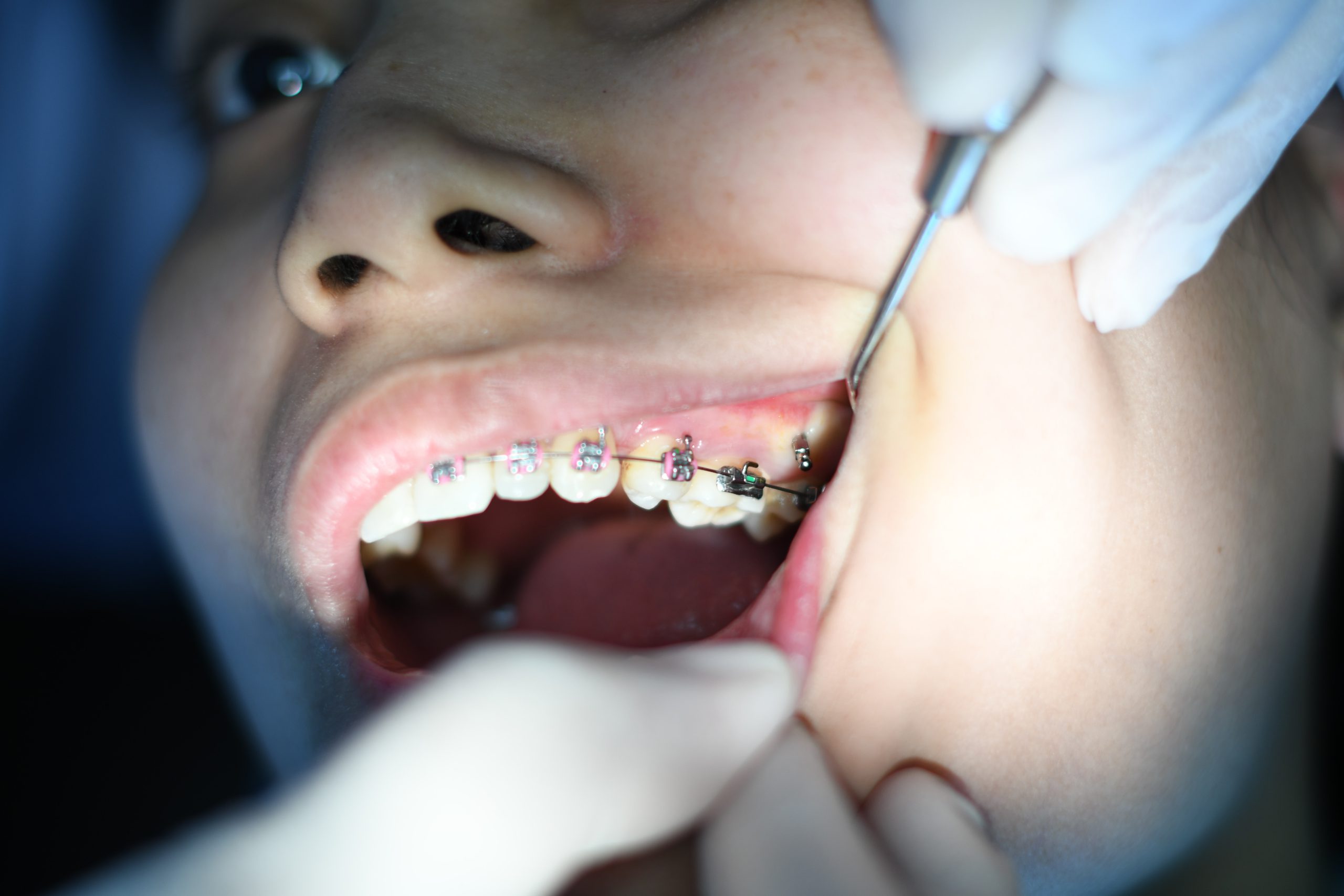What Age Can Kids Get Braces In 2023?

Braces are more than just a rite of passage for kids – they play a crucial role in correcting misaligned teeth and jaw issues, leading to improved oral health and overall well-being. If you’re a parent wondering about the right time for your child to get braces, you’re not alone. The age at which kids can get braces varies, and it’s determined by a range of factors that take into account their dental development, bite issues, skeletal maturity, and even emotional readiness.
Understanding orthodontic treatment
Orthodontic treatment involves more than just straightening teeth; it’s about ensuring proper alignment and bite. By addressing misaligned teeth and jaw issues, orthodontists help prevent future dental problems and promote your child’s self-esteem. Timely intervention is key, as it harnesses the growth and development phases that children go through, making the treatment process more effective and efficient.
Factors influencing the right age for kids to get braces
Orthodontists consider several factors when determining the optimal age for braces:
- Dental development: The state of your child’s dental growth is crucial. Are all the permanent teeth in place, or are some still erupting? Orthodontists examine the dental landscape to gauge when the best time is for intervention.
- Bite issues: Overbites, underbites, crossbites – these malocclusions can affect both aesthetics and functionality. Addressing them at the right age ensures proper alignment and prevents potential discomfort down the road.
- Skeletal maturity: A child’s facial bones undergo development and growth spurts. Orthodontists consider these growth patterns to time the treatment for maximum impact.
- Emotional readiness: Wearing braces requires responsibility and care. Emotional readiness is vital, as children need to follow guidelines for maintaining their braces and oral hygiene.
Typical age ranges for braces
The age at which children start orthodontic treatment falls into three main categories:
- Early treatment: Usually between 7 and 9 years old. This stage focuses on addressing bite problems and guiding jaw growth, harnessing the natural development process.
- Adolescent treatment: Typically begins between 10 and 14 years old. This phase aims to align permanent teeth as they come in, ensuring a harmonious smile.
- Teenage treatment: Starting around 15 to 18 years old. At this stage, orthodontists tackle more complex issues as most permanent teeth have erupted, making it an ideal time for fine-tuning.
Benefits of early intervention
There are some benefits to early orthodontic treatment. Effective correction allows you to address issues during the crucial development stages. Doing this also prevents future problems. By nipping them in the bud you can often prevent more severe issues from developing later. Finally, early intervention capitalists on growth phases for better outcomes.
How much do braces cost for kids?
The cost of braces can vary based on a variety of factors, including the type of braces recommended, the complexity of your child’s orthodontic issues, the duration of treatment, and even the location of the orthodontic practice. The types of braces available for kids include traditional metal braces, ceramic braces, and newer options like clear aligners.
Traditional Metal Braces:
These are the most common and often the most cost-effective option. They use metal brackets and wires to gradually shift teeth into alignment.
Ceramic Braces:
These braces are less noticeable than traditional metal braces, as they use tooth-coloured or clear ceramic brackets. However, they might be slightly more expensive.
Clear Aligners:
This modern option involves a series of clear, removable aligners that gradually move teeth. While they offer aesthetic benefits, they might be more expensive and are typically suitable for less complex cases.
For further information about the cost of braces for kids, please get in touch with us today.
Remember, each child is unique, and their orthodontic needs are distinct. The age for braces should be determined by a qualified orthodontist who considers factors such as dental development, bite issues, skeletal maturity, and emotional readiness. As parents, prioritise your child’s oral health by seeking timely orthodontic evaluation and treatment, ensuring they embark on their journey to a healthy, confident smile.
